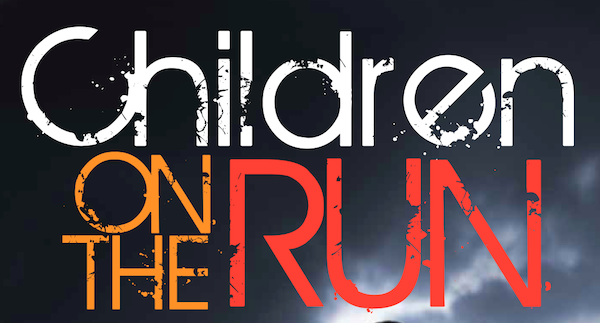What’s Happening at the Border Is a Humanitarian Crisis, Not a Political One
United Nations High Commissioner for Refugees for the United States and the Caribbean -- Report 2014
Less than 48 hours after the nation collectively chanted “USA!” for the national soccer team in the World Cup last week, a much smaller group of Americans in Murrieta, California, used the exhortation for a very different purpose. Carrying homemade signs reading, “Return to sender,” “Save our children from diseases,” and “Bus illegal children to White House,” protesters used the slogan to turn back busloads of youthful arrivals from Central America destined for a new detention center in their community.
The two moments project what I believe is the Janus face of American patriotism: one celebrating our never-die spirit, the other revealing the dark current of xenophobia.
The upsurge of 240,000 migrants in recent months, 52,000 of them unaccompanied minors, has unleashed the same arguments we’ve witnessed in the endless debates about immigration. But once we consider the twin questions of “why is this happening?” and “how should we respond?”, it becomes clear that the current crisis is more of a humanitarian one than it is another chapter in our immigration debates.
The fact that many migrants have come from three countries—Honduras, El Salvador, and Guatemala—suggest that something is wrong there. Although critics of these refugees hate to admit it, the crisis exposes a legacy of flawed American policies in the region: from the CIA-inspired coup d’état in Guatemala (1954) and bribes of Honduran officials to suppress export taxes on bananas by U.S. agricultural conglomerate United Fruit (in the late 1960s and through the mid-1970s) to the U.S.-financed contra war in Nicaragua that consumed its neighbors and the CIA involvement in Guatemala’s civil war (the 1980s).
The current instability can more precisely be tracked to the recent drug wars in Latin America and the failure of U.S. immigration policy. Drug cartels filled the vacuum of governance created by suppressed democracy and arrested economic development in these countries. Members of these crime syndicates now rule the streets and carry out threats of murder against young people and their families if they don’t cooperate. U.S. drug consumption is the fuel that drives this not-so-underground economic engine. That one of the most murderous crime syndicates, Mara Salvatrucha, was born and raised in Los Angeles is a testament to the direct connection between failed U.S. drug enforcement policies and violence in the region today.
And then, instead of addressing the drug, immigration, and economic challenges at home and abroad, Washington passed the Illegal Immigration Reform and Immigrant Responsibility Act in 1996. This punitive legislation led to the deportation of many Salvadoran gang members, who became the shock troops of a new, more violent Central America.
We are not for want of evidence of this history. Sonia Nazario won a Pulitzer Prize for the Los Angeles Times in 2003 for her series of articles, “Enrique’s Journey,” about a 17-year-old Honduran boy trying to reunite with his mother in the United States. In 2010, the Academy Award-nominated documentary film Which Way Home shared the experience of many children making the trip northward through Mexico atop a cargo train known popularly as “The Beast.”...
